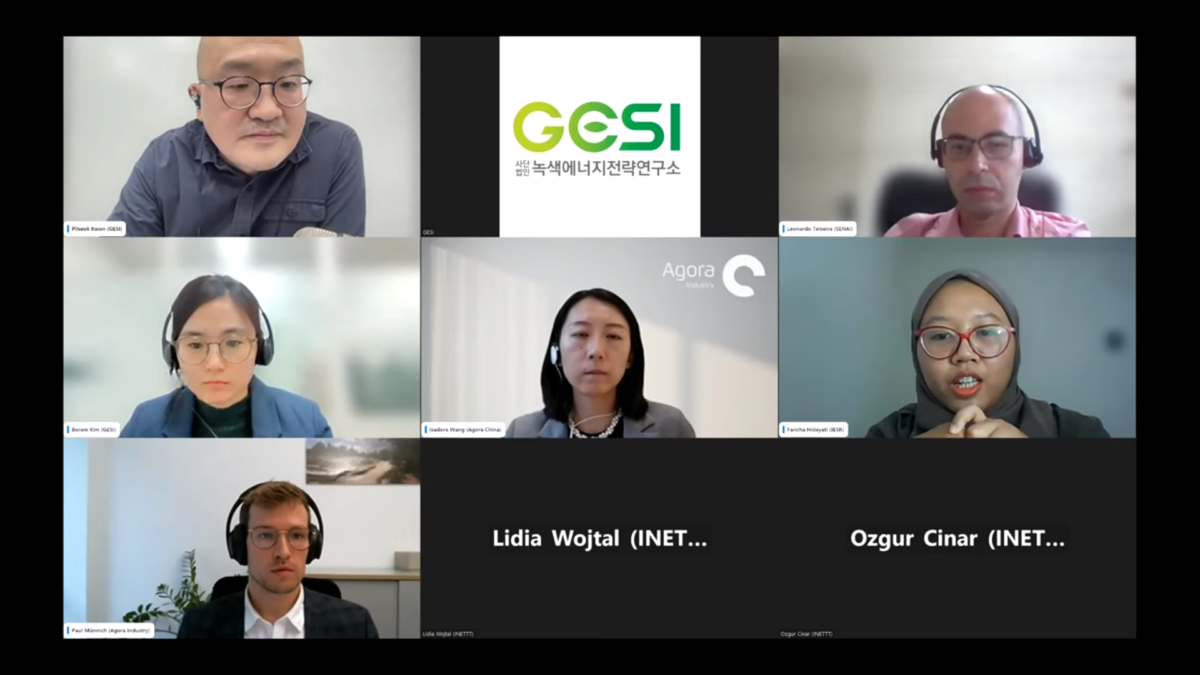Jakarta, 21 November 2023 – Chemical industry is considered as one that is heavy on emission. In Indonesia, various industries, including iron & steel, pulp & paper, cement, and textile interconnect with the chemical industry. The integration of the Indonesian chemical industry, especially ammonia, into the fertilizers industry, contributes to Indonesia’s position as the fifth largest ammonia producer in the world. Indonesia’s proactive measures to green its ammonia industry significantly impact the global ammonia landscape.
Faricha Hidayati, the project coordinator for industry decarbonization at the Institute for Essential Services Reform (IESR) during the webinar titled “Greening the Chemical Industry: International Perspective and Insights” highlights the amount of emission released for every ton of ammonia produced.
“For every ton of ammonia produced, its average direct emissions are 2.4 tons of CO2. It is two times higher than crude steel and four times that of cement,” Faricha said.
Given that huge number of emissions, the ammonia industry accounts for 2% of global energy usage. Therefore, decarbonizing the industry is evidently crucial. Faricha further explained that IESR is currently proposing four pillars to decarbonize the ammonia industry in Indonesia: material efficiency, energy efficiency, green ammonia, and the utilization of CCS during the process.
Faricha added that there is an opportunity to propel the ammonia industry in Indonesia as they are already aware of their emission and have the willingness to figure out a way to limit the emission.
“Another opportunity is Indonesia’s vast potential for green hydrogen projects, coupled with variable renewable energy up to 3,686 GW,” she said.
After assessing the current status quo, IESR urges the government to set a clear emission reduction target for the industrial sector. Though currently Indonesia already has a grand vision on achieving net zero emissions in 2060 or sooner, there is still no clear target and roadmap for the industry sector in contributing to the NZE goal.
Implementing the energy efficiency measures in the ammonia industry is considered as the low- hanging fruit to decarbonize the industry sector. This approach requires least initial investment and technology adoption, while advocating for the long-term strategies.
The full version of the webinar “Greening the Chemical Industry: International Perspective and Insights” can be watched here.

